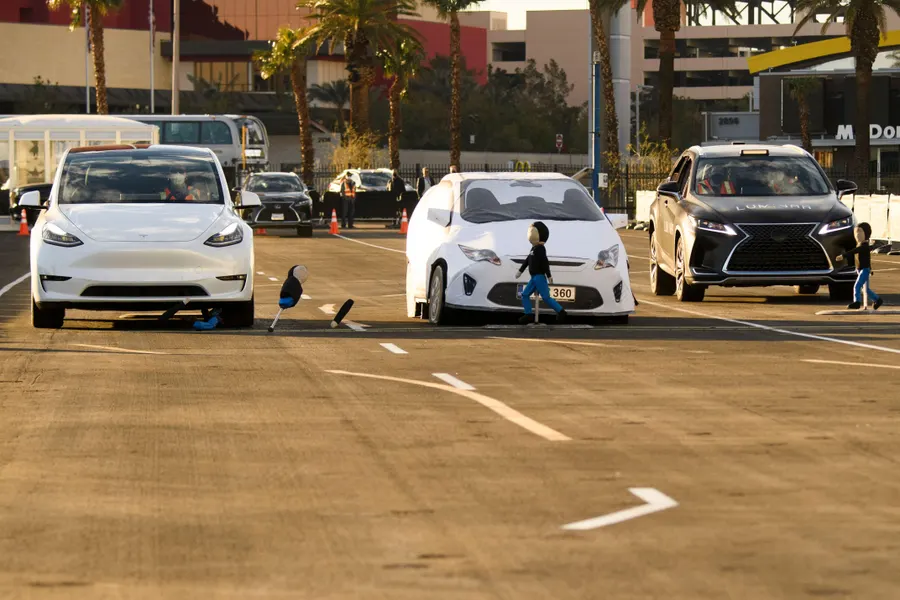Mark Rober is the most successful science and engineering Youtuber Creator. Their 65million subscriber more than Taylor Swift and many of videos views 120 million.

Mark Rober, a popular YouTuber and former NASA engineer, recently conducted an experiment comparing cameras and LiDAR technology. His aim was to determine which technology is better for self-driving cars. However, his analysis contained several flaws that made his conclusions questionable. In this article, we will break down his experiment and highlight where he got it wrong.
✅Mark Rober’s Experiment: Cameras Vs. LiDAR
Mark Rober designed a setup where he tested a car in different scenarios to compare cameras and LiDAR sensors. His primary focus was to determine which technology provides better depth perception and object detection.
✅Flaws in Mark Rober’s Analysis
- Limited Test Scenarios
- Mark Rober’s experiment was conducted in controlled environments, which do not accurately replicate real-world conditions. Self-driving cars must handle various lighting conditions, weather changes, and unpredictable obstacles, which cannot be fully tested in a limited setup.
- Underestimating LiDAR’s Capabilities
- Mark claimed that cameras could match LiDAR in depth perception, but this is an oversimplified conclusion. LiDAR actively measures depth, whereas cameras estimate depth using algorithms. In poor lighting, fog, or complex environments, cameras struggle, while LiDAR provides consistent results.
- Over-Reliance on Camera AI
- Mark Rober argued that cameras, combined with AI-based depth estimation and object recognition, could be superior. However, he did not consider that AI models can also have errors and biases. LiDAR provides an independent depth-sensing method that is immune to AI-related inaccuracies.
- Incorrect Cost vs. Safety Balance
- Another flawed point was that Mark focused too much on cost efficiency when safety is the primary objective for self-driving cars. While LiDAR is expensive, its accuracy and reliability make it invaluable for safety.
Cameras Vs. LiDAR: Reality Check
| Feature | Cameras | LiDAR |
|---|---|---|
| Depth Accuracy | Medium (AI-dependent) | High (Direct measurement) |
| Performance in Low Light | Poor | Excellent |
| Weather Resilience | Affected by fog, rain | Less affected |
| Object Recognition | Strong (AI-based) | Needs AI support |
| Cost | Low | High |
Here is the raw footage of my Tesla going through the wall. Not sure why it disengages 17 frames before hitting the wall but my feet weren’t touching the brake or gas. pic.twitter.com/ddmeyqO3ww
— Mark Rober (@MarkRober) March 17, 2025
❓Final Thoughts
Mark Rober’s experiment was entertaining and informative, but it overlooked several crucial factors necessary for an accurate conclusion. In the self-driving industry, both LiDAR and cameras play important roles. Cameras provide object recognition and detailed imagery, while LiDAR is the best for accurate depth and distance measurement. The future of self-driving cars lies in a balanced approach that utilizes both technologies.
Do you agree with this analysis? Share your thoughts in the comments section!




